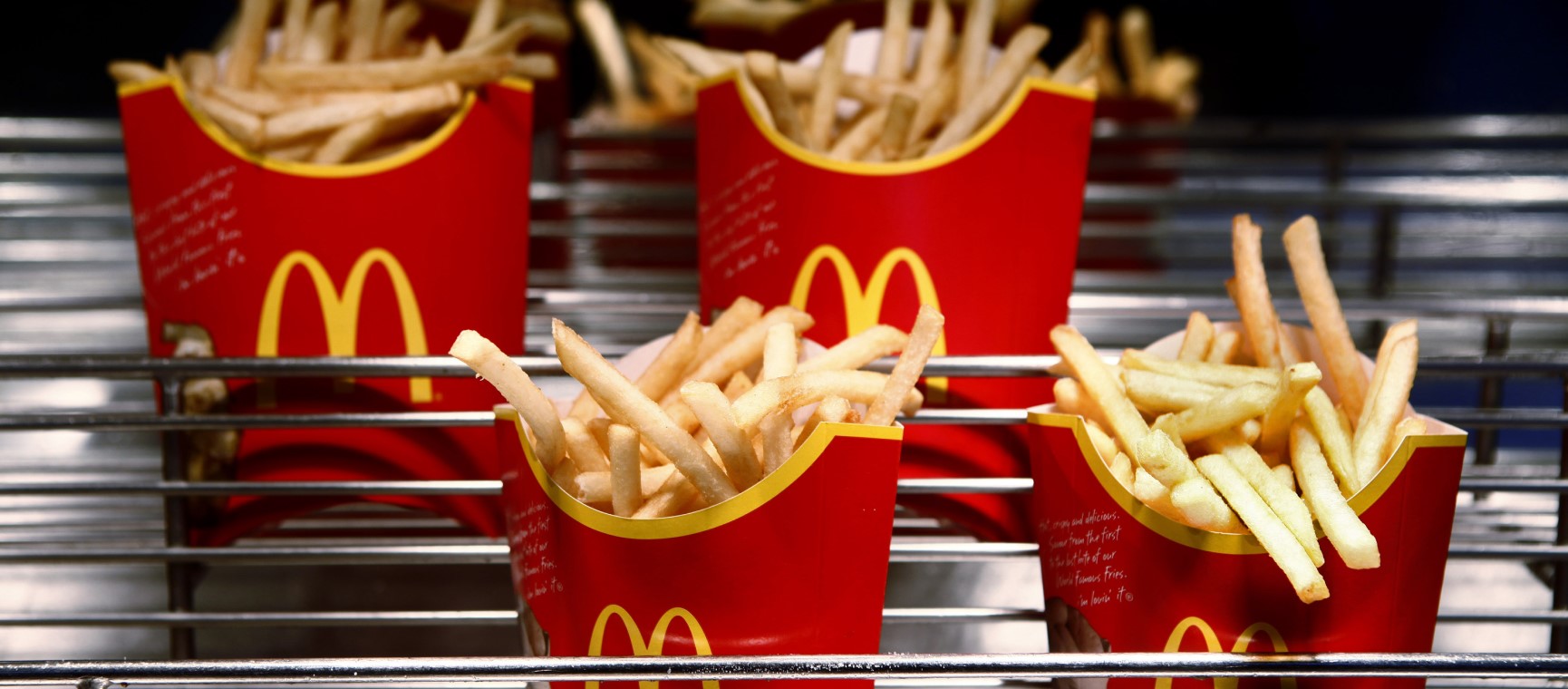
On 12 October 1974, fast-food chain McDonald’s opened its first UK restaurant, in Powis Street, Woolwich.
At the grand launch, DJ and Crackerjack presenter Ed ‘Stewpot’ Stewart welcomed hordes of intrigued locals into the shiny new US import. With its counter service and takeaway menu, it was a far cry from the more genteel Wimpy and its table service.
For the past 50 years, McDonald’s has served as a cultural barometer for changing customs and habits in the UK – yet its core offering of a Big Mac, fries and a milkshake remains the same.
We turned up in Woolwich and Ronald McDonald was handing out vouchers
With more than 1,450 restaurants now in the UK (out of 36,000 worldwide), it has altered not only the face of all our high streets, but also the way Britain does business.
Woolwich, in the south-east London borough of Greenwich, may have seemed an odd choice for the brand, but was reportedly selected because of its suburban ordinariness. Gerry McTernan, who lived nearby, was nine when it opened and on his way to the ABC in Woolwich when he noticed the crowds.
"We didn’t know about McDonald’s opening until the day," he says. "We turned up in Woolwich and Ronald McDonald was handing out vouchers. I had a burger, fries and a root beer, which was like nothing I’d ever tasted before. I’ve lost count of how many times I’ve told my daughter I was there at the opening!"
On that Saturday in 1974, a Big Mac cost 45p – it’s now £4.99. Takings – under the watchful eye of manager Paul Preston, who later became CEO of McDonald’s in the UK – were reportedly £98 and there was an ashtray on every table.
The Daily Mail noted its "classlessness", adding that "minks and mackintoshes could mingle here without any sense of self-consciousness".

On the other side of the counter, it was hard work. One worker recalls, "Every part of the store was stainless steel and you had to clean almost every square inch of it every day."
Pay rates – 65p an hour, plus free meals – gave the first hint of how multinational companies would usher in a new era of low-paid shift work in the UK. That rate added up to £26 a week at a time when male manual workers’ average weekly wage was £48.63.
That sense of ‘classlessness’ stood the company in good stead, but the chain has also encountered the very British phenomenon of class warfare. Who can forget the epic battle the residents of Hampstead fought against the chain appearing among the well-to-do Georgian shops on their north London high street?
Campaigners kept the Americans at bay with a legal battle lasting 12 years, before succumbing in 1992. However, it wasn’t any ordinary McDonald’s. Originally, the store front was black and English Heritage-approved, and inside customers could listen to classical music while sitting on £100 chairs and admire huge murals of Hampstead and Kenwood House by artist Kate Lovegrove.
The floor was marked out like a volleyball court so everything was done in the most efficient way to get food to the front of the store quickly
After all that kerfuffle, the Hampstead branch eventually closed in 2013.
Residents of Wilmslow, Cheshire, were a little more welcoming and its restaurant became known as the ‘burger bar to the famous’, where David and Victoria Beckham would hang out upstairs with young Brooklyn. "This has been a big part of my life, I love it," David said.
Jackie Hamer, 66, remembers that the branch, where she worked as a 17-year-old in 1985, had a classy pale shopfront rather than the standard red, and a small red sign with a golden arch at right angles to the façade.
"The store was in a well-to-do area – the golden triangle of Wilmslow, Prestbury and Alderley Edge. They said, 'You can open, but the shopfront needs to be subtle – not bright red everywhere.’"
The working practices Jackie describes were a world away from British standards at a time when shops would still close for an hour at lunch.
"It was all automated. You’d put a burger on the grill and it would beep when you needed to sear it and when you needed to flip it. The floor was marked out like a volleyball court so everything was done in the most efficient way to get food to the front of the store quickly."
A year later, the arrival of the first McDonald’s drive-thru, in Fallowfield, Manchester, marked another cultural shift. But there was disquiet in Britain’s more progressive circles.

In 1986, five members of Greenpeace distributed a leaflet entitled, "What’s wrong with McDonald’s: everything they don’t want you to know". Four years later, the company began libel proceedings.
Three of the authors apologised; however Helen Steel and David Morris fought the case – which under defamation law required them to prove claims about low wages, unhealthy food and McDonald’s contribution to deforestation practices.
The era-defining David and Goliath court case – dubbed McLibel – continued for ten years. Five claims were deemed libellous, but three were not. Damages were set at £40,000, but Steel and Morris, who had defended themselves, did not pay.
As well as helping change British law, the case showed how corporations could shoot themselves in the foot by suing the little guys
Enter our current Prime Minister, Keir Starmer, who helped the duo take their case further to the European Court of Human Rights (ECHR). Last year, Steel told The House magazine, "He helped us for free for a very, very long time. He didn’t get paid until we got to the actual ECHR where he was officially representing us."
In 2005, the ECHR ruled the case had breached Steel and Morris’s human rights and ordered the government to pay them £57,000 compensation. As well as helping change British law, the case showed how corporations could shoot themselves in the foot by suing the little guys.
The brand was not immune to other on-going scandals. In 1990, then agriculture minister John Selwyn Gummer and his daughter famously ate burgers in front of the cameras to prove bovine spongiform encephalopathy (BSE) – or ‘mad cow disease’ – could not be passed to humans.
However, in doing this, Gummer unwittingly linked burgers to BSE in the public’s mind. Over the next few years, fears increased that meat infected by BSE was causing a surge of cases of variant Creutzfeldt-Jakob disease in humans. In March 1996, McDonald’s banned British beef.
In the mid-noughties there was clear need for a rebrand, with the chain reeling from the bad publicity caused by Morgan Spurlock’s film Super-Size Me, which focused on the negative health effects of eating super-sized "Maccy Ds" for a month. A generation of consumers began to baulk at taking their children to McDonald's to eat.
So the company went green, ditching red and yellow in the UK and across Europe for a classier Harrods shade, switching up the menu with organic milk and recycling cooking oil into biofuel.
At the 2012 London Olympics, McDonald’s was the only branded restaurant allowed on the Stratford site.

In 2017, ‘McDelivery’ was born, enticing a new generation of teenagers. McDonald’s is marking its 50-year anniversary of landing on our shores with a new retro ad campaign with the tagline: "You’re all invited". The menu has been updated with a Birthday Cake Donut and reintroduction of the Double Big Mac, and there’s merchandise with a "I had my birthday party at McDonald’s" theme.
McDonald’s marketing director Matt Reischauer says the campaign "taps into the countless memories we’ve made with our fans".
To back that up, in early July the brand released an advert aimed squarely at the 1970s and 1980s "birthday party" generation. In which branch did they film the one-minute sequence? Woolwich, of course!
Nutritional therapist Alex Allan on McDonald’s changing menu
At first glance, you’d think today’s McDonald’s options would be far healthier now than they were in the past. Fruit bags, salads and bottled water are now available on the menu and there’s a calorie count listed for each option. It’s a core part of the brand that their burgers are 100% beef.
But when we dig deeper, we might be in a worse position health-wise than we were when it first opened in the UK 50 years ago. The calorie, sugar and saturated fat contents of some of these meals are far beyond what would be recommended, with the Double Big Mac coming in at 740kcals, with 44g of fat.
When ordering on touch screens, you are constantly offered extras, sides and sauces, encouraging you to eat more.
Although the burgers might be whole foods, the other parts, such as the burger rolls and cheese, fall into the category of ultra-processed food with an impressive list of ‘Frankenfood’ ingredients.

Every issue of Saga Magazine is packed with inspirational real-life stories, exclusive celebrity interviews, brain-teasing puzzles and travel inspiration. Plus, expert advice on everything from health and finance to home improvements, to help you enjoy life to the full.
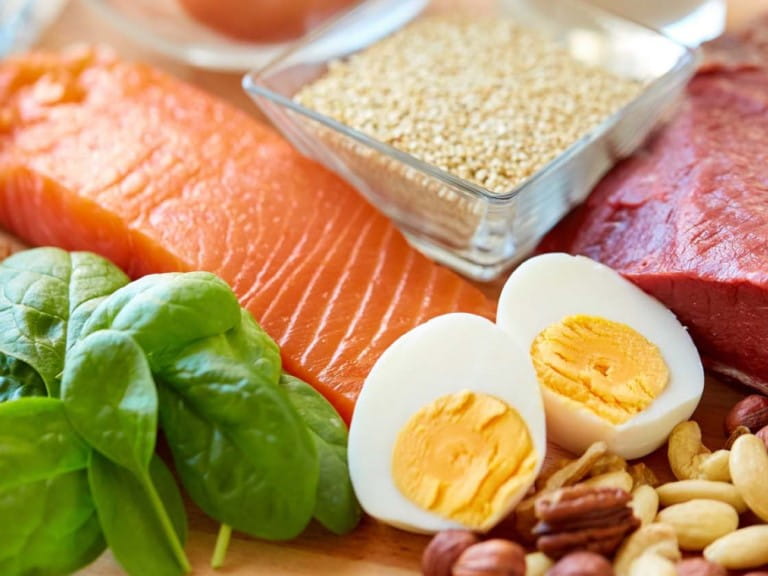
Everything you need to know about protein, from how it benefits your body to the best high-protein foods – and how much you really need.
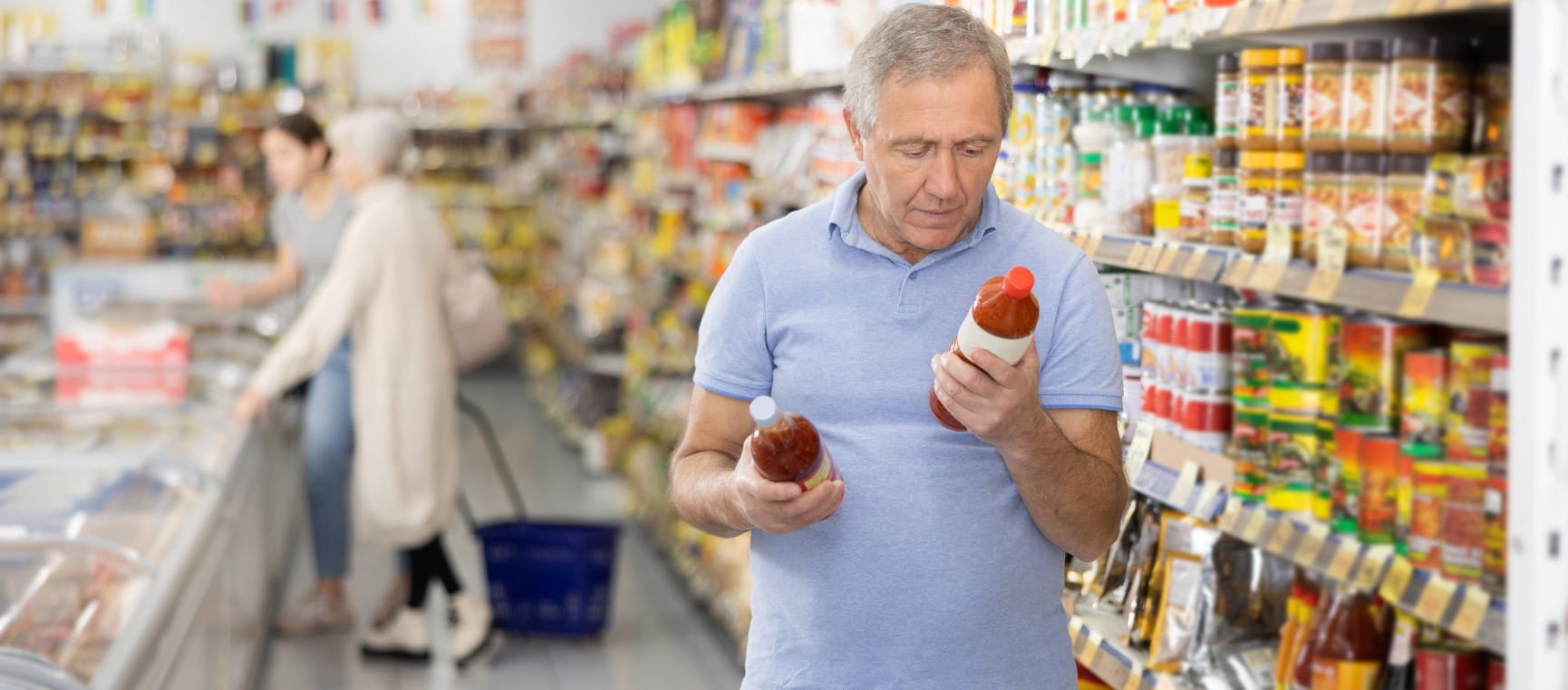

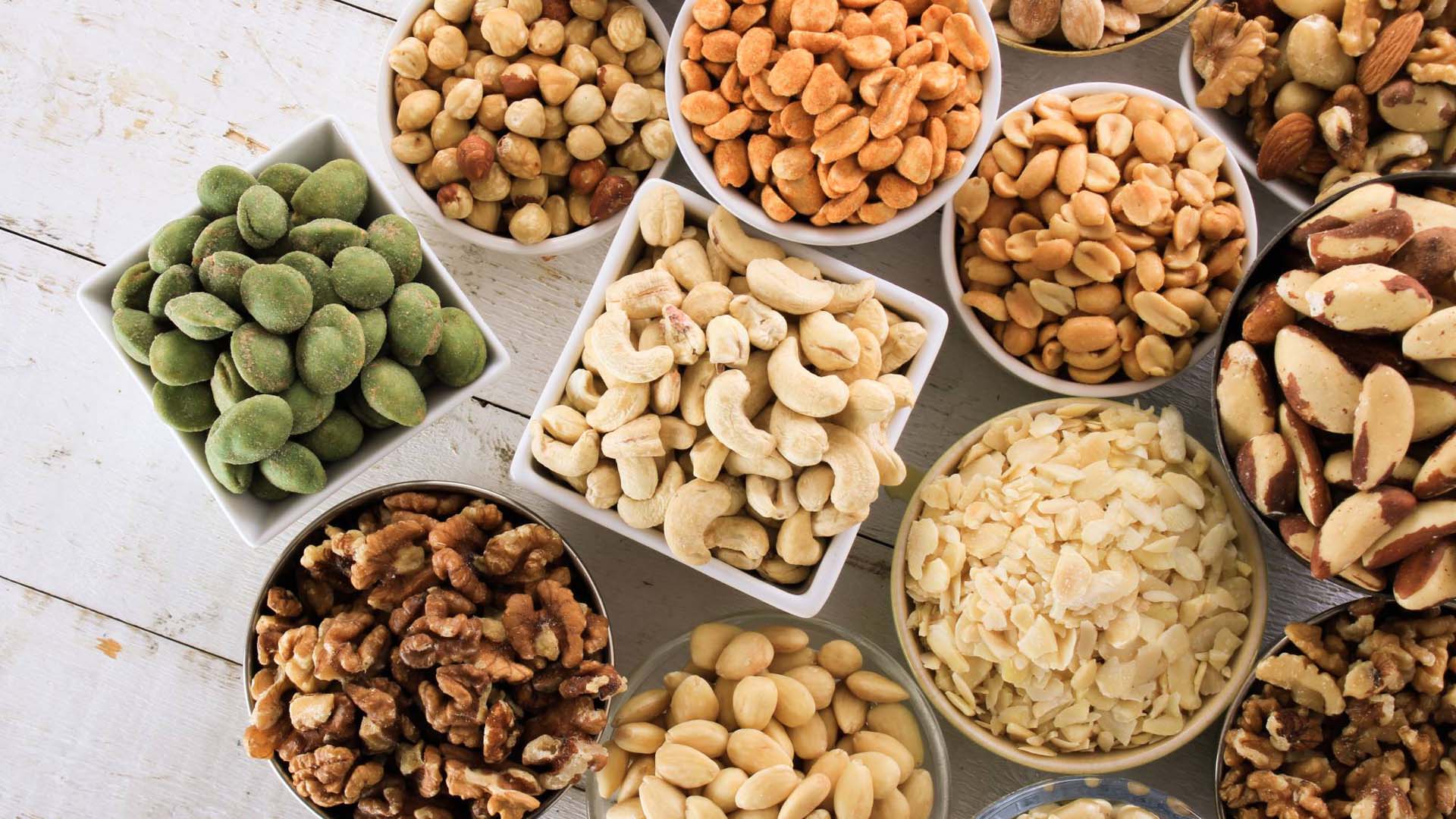
Let’s roast the myths! Not only are nuts less fattening than once feared, research shows they can cut the risk of heart disease too

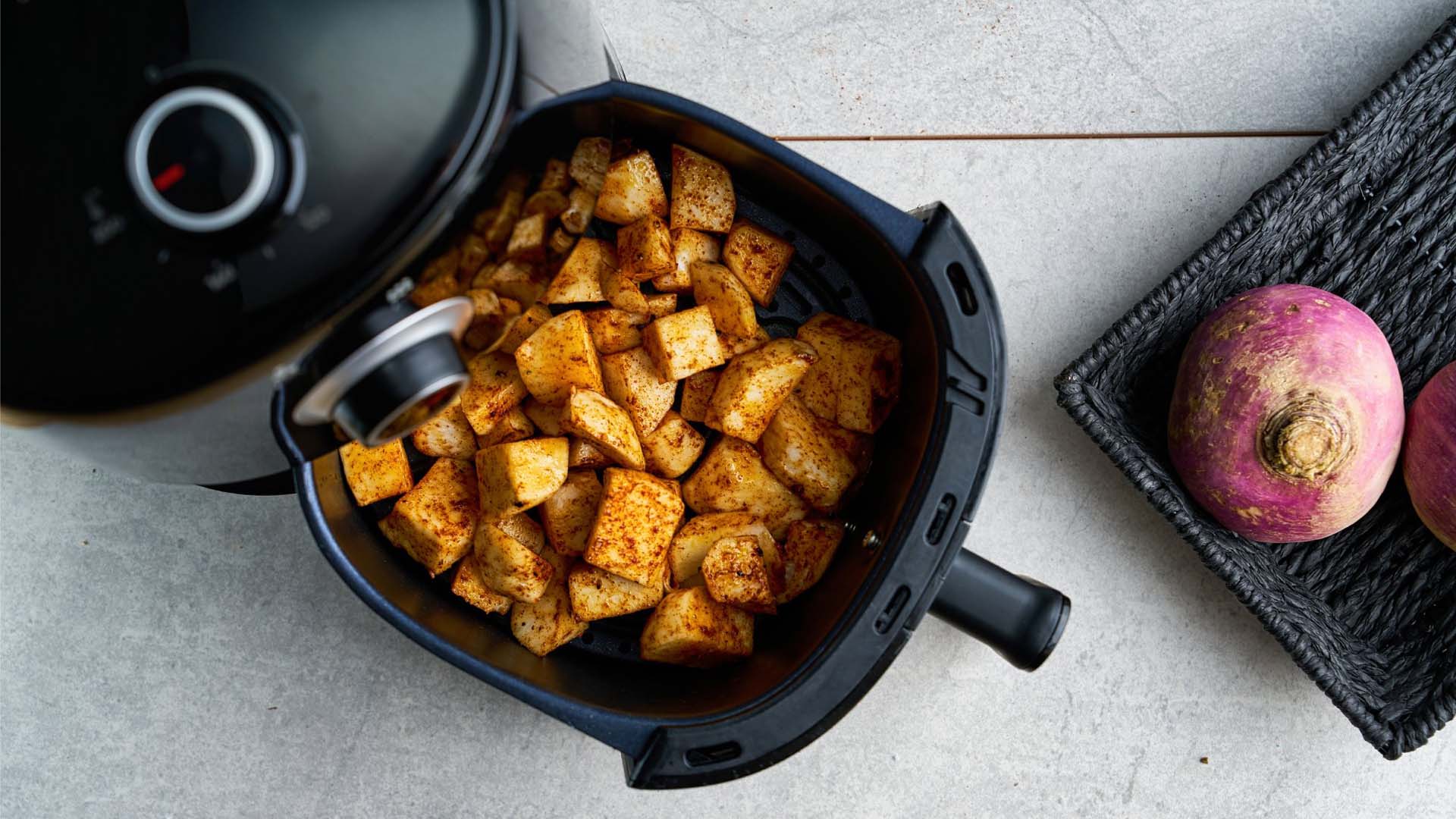
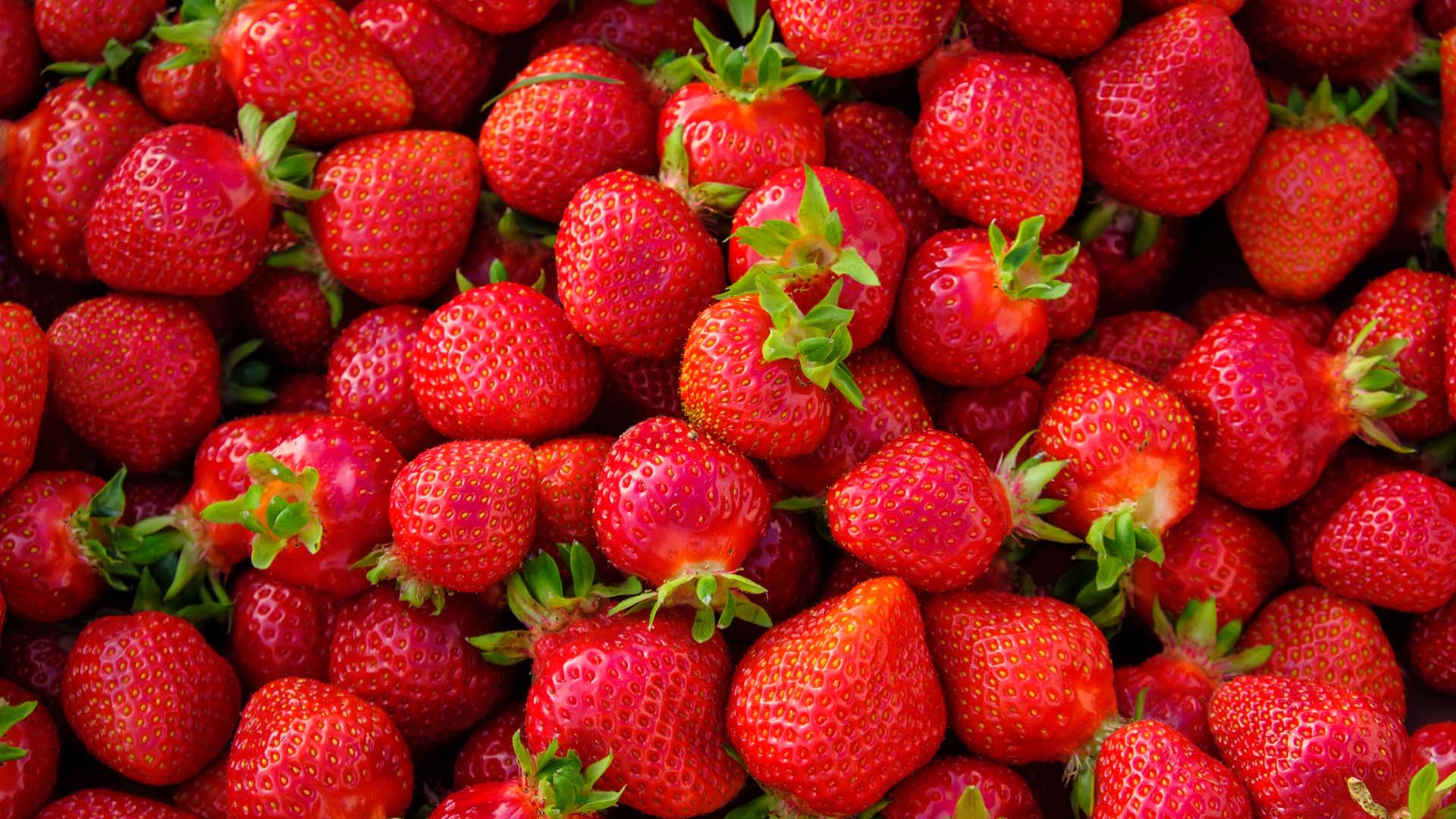
Strawberries don't just taste and look great, they are full of fibre, help your heart health and may even stave off dementia.

Looking after your gut health could be one of the biggest things that you can do for your overall health. Here are the best foods to keep your gut happy.
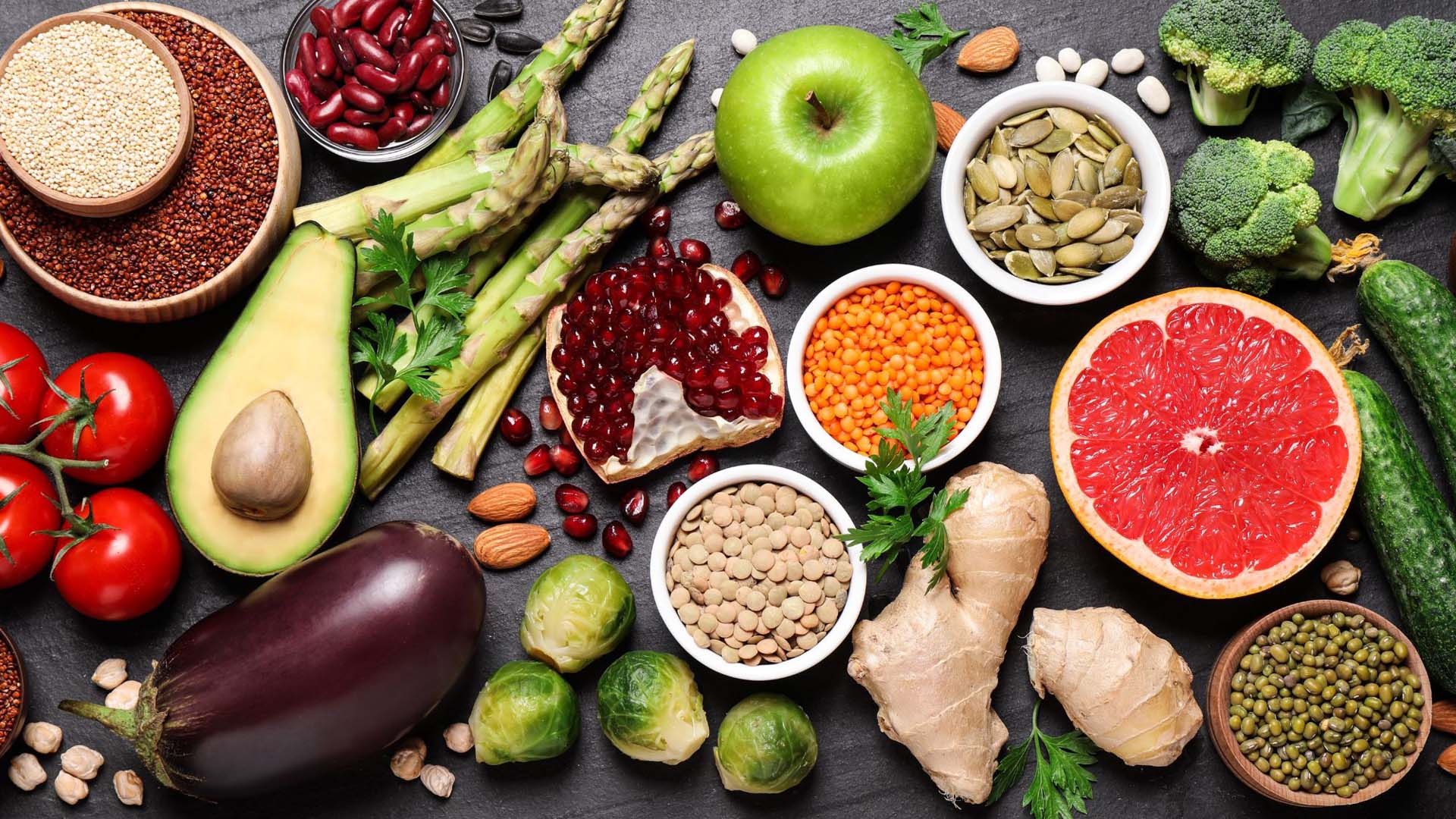
The foods that could help you live longer and protect against chronic illness.